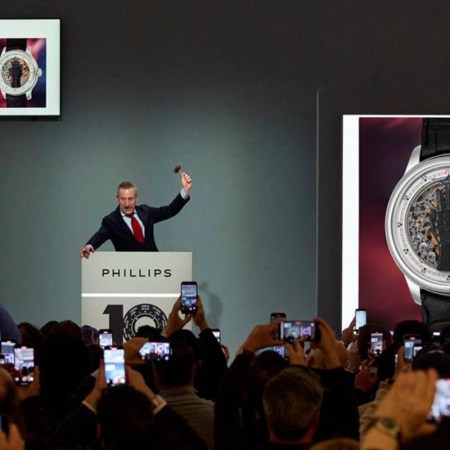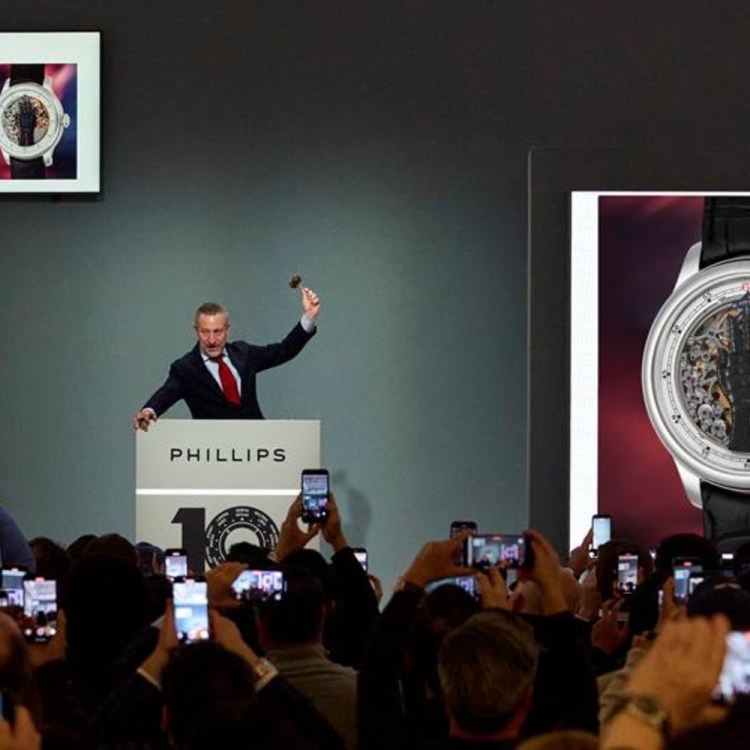As well made as a quality watch may be, it’s functionally similar to a car — full of moving parts that need maintenance and adjustment. Eventually, this means that your watch will need service. In fact, most brands recommend that you service a mechanical watch every three to five years, though many are extending that interval through the use of modern componentry, lubricants and the like.
For decades, servicing a watch meant doing one of two things: Returning it to the brand or taking it to a local watchmaker. Doing the former is fine so long as one can stomach the cost and the possibility that the company may switch out parts — say, the dial on a vintage watch — that give your precious timepiece much of its value and character. Independent watchmakers, on the other hand, are becoming fewer and farther between. Moreover, because many brands have restricted the sale of their own replacement parts to third parties, going this route is becoming more and more difficult. But much as watch shopping itself has taken to the internet, service is also migrating online.
WatchCheck, a Los Angeles-based firm, is leading the digital charge. Founded by entrepreneurs Linden Lazarus (also a principal at Oliver & Clark, a vintage watch retailer) and Will Haering, WatchCheck takes the guesswork, hassle and back-and-forth of the typical service experience and migrates it to an easy-to-use online interface. You simply log onto the company’s website and enter information about the watch: make, model, case material, age, functions and complications, bracelet type, power source/winding type, and service needs. You’re then emailed a quote that includes insurance as well as a two-year warranty covering any mechanical issues.

If you accept the quote, WatchCheck sends a shipping kit to your doorstep. You load the watch into the case according to the instructions, schedule a pickup, and then the box makes its way to WatchCheck’s service center. (More on that in a moment.) The entire process, from shipping through service steps, is trackable, with WatchCheck sending you both automated emails as well as personalized correspondence. The watch is then boxed up, insured and sent back to you.
When I recently had a vintage Cartier Tank Must de Cartier serviced by WatchCheck, it ended up needing a few unexpected but recommended parts and refinishing. The company asked me if I wanted to proceed with just the regular service, or also with the refinishing. My quote was then updated with a final cost.
How to Buy a Cartier Tank
A guide to the current catalog, from the classic Louis Cartier to the outré CintréeYou can, of course, select the type of service you’d like — from a standard mechanical service (including disassembly and cleaning, adjustment, etc.) to bracelet refinishing, dial restoration, crystal replacement and other tweaks. (If you’re unsure of what you need, it’s easy to communicate with the WatchCheck team via online concierge support.) Service is taken care of by Stoll & Co. in Dayton, OH, a business with over 40 watchmakers that’s been around for over four decades and also runs eBay’s authentication program as well as service for Sotheby’s. That means they’re equipped to service virtually any watch with any complication, “from vintage perpetual calendars to independent masterpieces.” WatchCheck’s website is functionally the front end, while Stoll & Co. is the back end — it’s the integration of digital technology and service that makes the process so seamless.
Each watch serviced through WatchCheck includes insurance for damage and loss during shipment at a standard limit of $35,000 unless a higher value is declared by the customer when checking out. (The company’s website asks customers to contact them for shipments valued at over $150,000.) During the service process, each watch is insured for up to $1 million if any repair or replacement is necessary. Stipulations for securing insurance are easy to adhere to: One must photograph the watch and upload images to WatchCheck as instructed; pack the watch in WatchCheck’s shipping box; send the watch via FedEx; keep one’s receipt; and sign for delivery. The company’s two-year mechanical warranty, meanwhile, covers the functioning of complications, timekeeping issues, time setting/crown issues, general watch construction and waterproofing issues.

My aforementioned vintage Cartier Tank Must de Cartier served as the service guinea pig. With a nonfunctional movement, I filled out the online questionnaire, waited for my shipping kit, boxed up the watch and then sat tight. Pretty soon,c WatchCheck got in touch with me: In addition to the requested movement service, I was informed that the watch needed a new crystal and Cartier crown, which would be included with service. A slight case refinish via ionization to take care of discoloration to the gold plating was also suggested. Knowing, however, that many customers prefer to maintain their watch’s patina, the WatchCheck team got in touch with me before proceeding. I then accepted the updated quote, and a few weeks later, the Tank was returned to me looking fresh as a daisy. The light case ionization worked like a charm, with that unsightly blue-black patina having disappeared in favor of shiny yellow gold.
Service can be expensive, particularly on mechanical watches. However, the hassle saved by not having to search for a qualified watchmaker; by not having to run all over Creation to that watchmaker’s place of business; by knowing that your watch is in qualified hands; by knowing that your watch is insured; and by knowing that the entire process is trackable online is significant. Given my dearth of luck in finding reliable local watchmakers, I would opt for something like WatchCheck any day of the week.
This article appeared in an InsideHook newsletter. Sign up for free to get more on travel, wellness, style, drinking, and culture.























